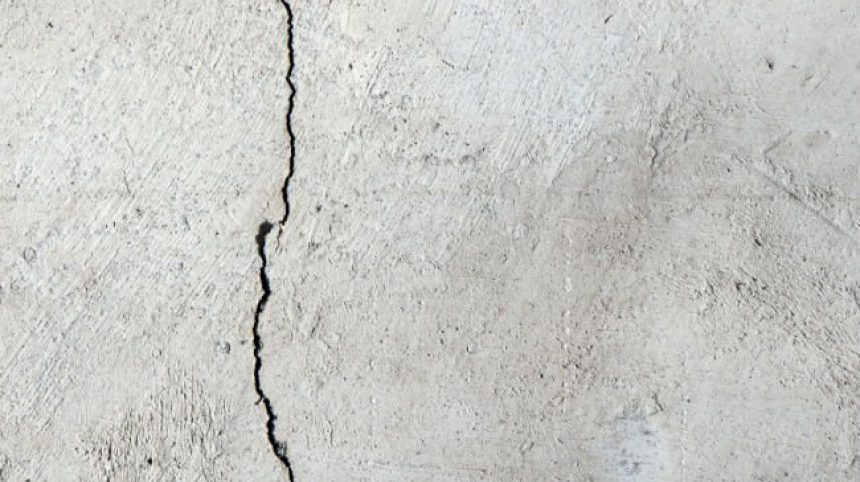Cracked Floor Tiles Subsidence

There can be a huge number of different reasons for cracks in the home.
Cracked floor tiles subsidence. Ceramic floor tiles especially larger tiles need an even distribution of mortar underneath them. Voids in the mortar under the tile allow the tile to flex and crack. Although cracks sometimes indicate serious structural issues they re often a symptom of superficial damage. If you suspect foundation damage after an initial inspection you can.
In the majority of cases small hairline cracks in walls ceilings and plaster can be a sign of simple expansion and contraction movement within your home due to humidity temperature and the way that 100 different materials in your home react to this all expanding and. Hairline cracks in tile may result from remote obscure reasons such as improperly. Settlement cracks in outer cavity wall of property. If this is the case geobear can stabilise and in most cases lift the floor back up.
If replacing a tile isn t in your budget or if the tile isn t badly damaged you can repair the tile. If 1 or more of your floor or counter tiles have cracked whether from regular wear and tear or from having a heavy object dropped on them you don t necessarily need to replace the cracked tile. As a general rule tiles larger than 12x12 inches should have mortar applied to the back of the tile as well as the floor to help ensure adequate coverage. Cracked tiles on floors and walls is a problem because it can be difficult to track down the source of the crack.
In many cases the crack is not the result of an inferior tile. A sinking concrete floor can be a sign of the subsidence of a building or a confined floor sinking into its footprint. Cracked floor tiles aren t cause for immediate panic.



















